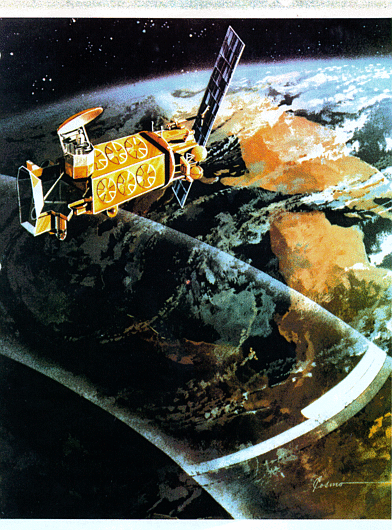 |
|
Rainfall affects the lives and economies of a majority of the Earth's population. Rain systems, such as hurricanes, typhoons, monsoons, and fronts are crucial to sustaining many countries. Excess rainfall can cause flood, property and crop damages; however, a deficiency of rain can cause drought and crop failure.
The latent heat released during the process of precipitation is a major driving force for atmospheric circulations. The diversity of temporal and spatial scales in which precipitation occurs is manifested in a rich variety of phenomena such as the El Nino/Southern Oscillation and the 40-50 day oscillation. Empirical and theoretical studies have also demonstrated that changes in the tropical rainfall pattern are associated with weather pattern changes world wide.
Rainfall occurs over differing time periods from minutes (rain showers) to days (fronts, hurricanes) and weeks (monsoons) as well as differing areas from a few meters to thousands of kilometers. Thus to measure space/time averaged rainfall, a dense network of rain gauges is needed. These rain gauge networks are lacking over the oceans and over most of the remote land areas. About 70% of the earths' surface is covered by oceans hence satellite observations provide the means by which we can measure global space/time rainfall.
|